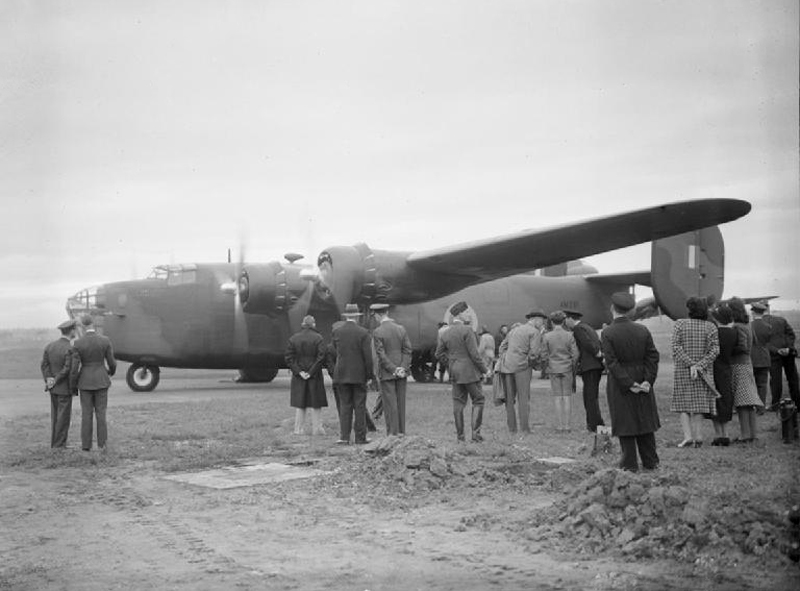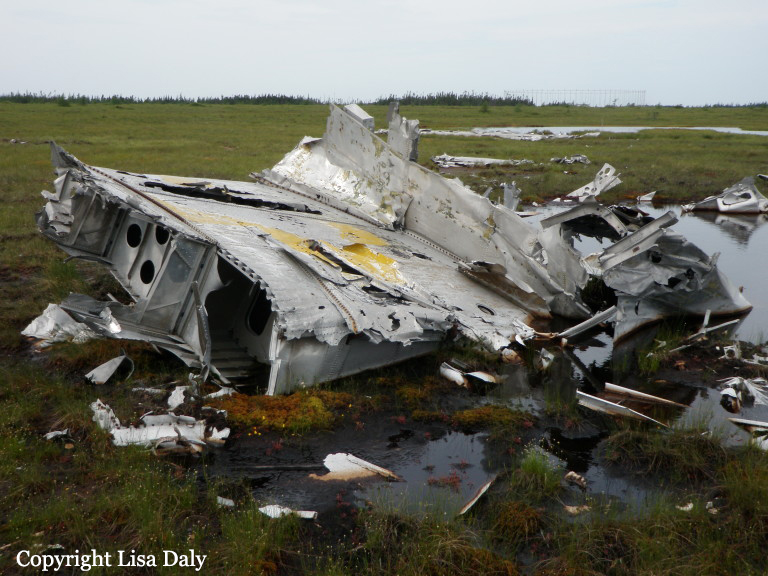Crash of a Douglas Digby I in Freshwater Bay
Date & Time:
Jan 2, 1942 at 1020 LT
Registration:
738
Survivors:
Yes
Schedule:
Gander - Gander
MSN:
1630
YOM:
1936
Crew on board:
6
Crew fatalities:
Pax on board:
0
Pax fatalities:
Other fatalities:
Total fatalities:
0
Captain / Total hours on type:
436.00
Circumstances:
The aircraft took off from base at 0940LT on a patrol duty on convoy. About 40 minutes into the flight, the starboard engine became very rough and the propeller was feathered. The Aircraft was losing altitude, bombs were dropped but height could not be maintained. As the aircraft was below the altitude of some hills, the captain landed on the water in Locker Bay. The the captain instructed the radio operator to try to contact base, but upon turning on the master switch, fire broke out in the cabin, forcing all personnel to leave the aircraft. The crew paddle ashore in the dinghy where they were found by some fishermen from Wellington who took them to town. The airplane was later towed to shore but was damaged beyond repair.
Crew:
F/O D. G. J. Maltby, pilot,
P/O P. Hutchinson, copilot,
P/O D. W. Morrisson, navigator,
P/O F. S. Johnston, radio operator,
Sgt G. F. Davidson, air gunner,
Sgt A. C. Collville, air gunner.
Crew:
F/O D. G. J. Maltby, pilot,
P/O P. Hutchinson, copilot,
P/O D. W. Morrisson, navigator,
P/O F. S. Johnston, radio operator,
Sgt G. F. Davidson, air gunner,
Sgt A. C. Collville, air gunner.
Probable cause:
Failure of the starboard engine in flight.
Final Report:





